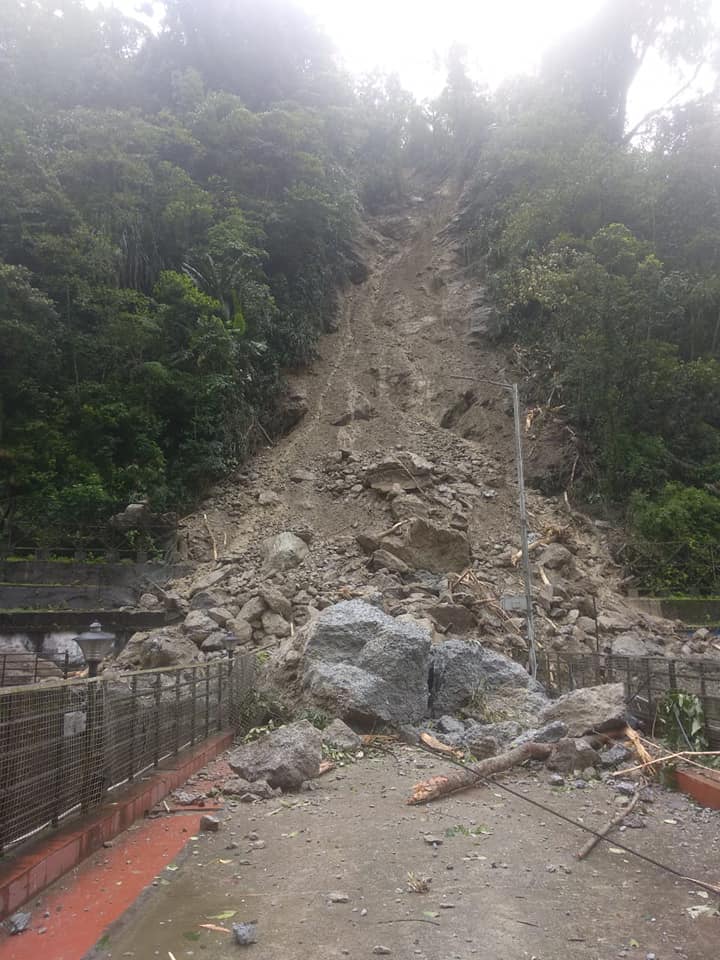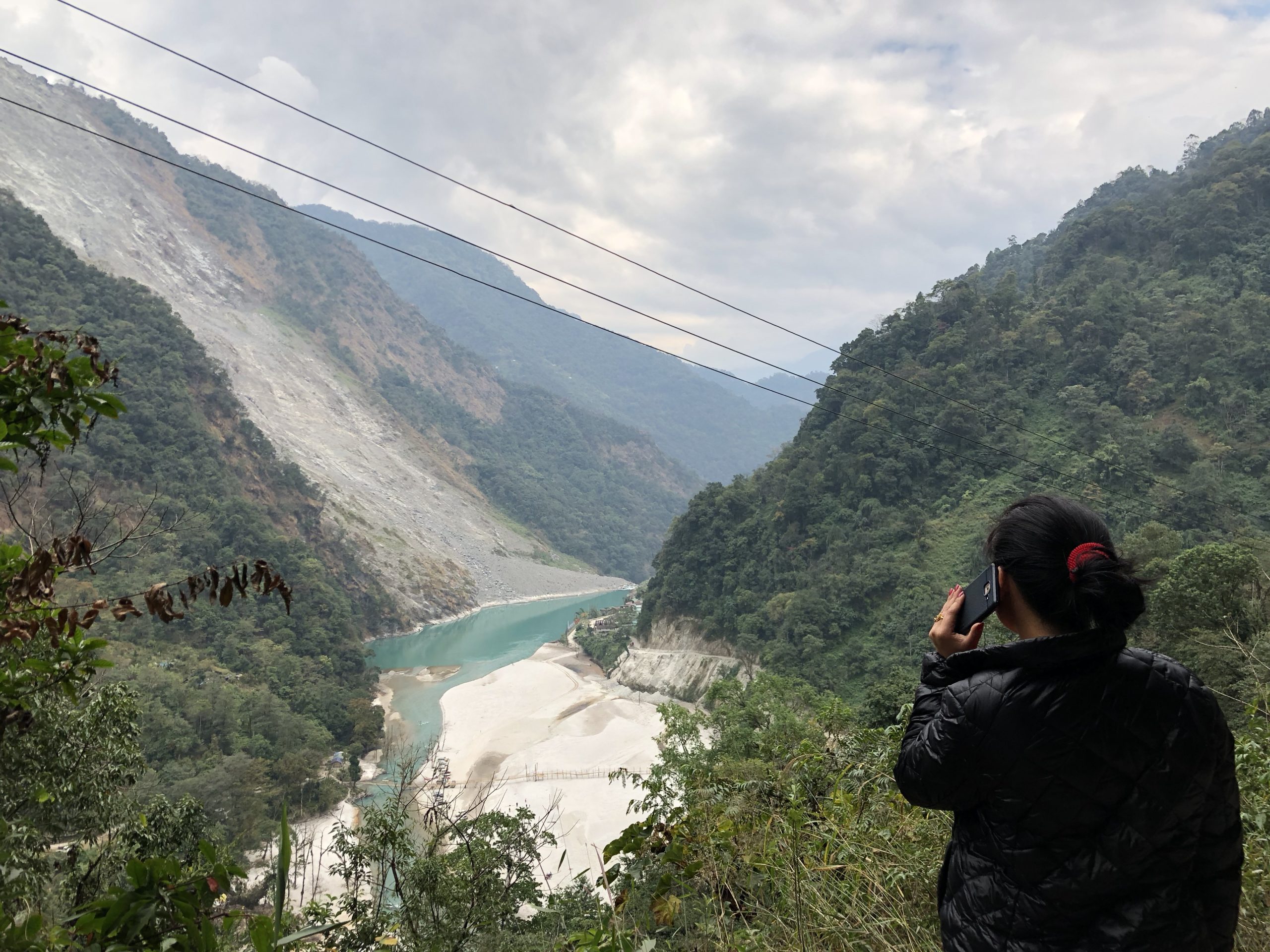By Ayesha DSouza, South Asia Program Coordinator
One of the most visible things one sees when travelling from Siliguri in West Bengal up the winding roads to Northern Sikkim are huge streaks down the sides of the mountains. You can clearly see them sliding all the way to the River Teesta. These streaks or scratches on the sides of the mountains are landslides which have become almost a regular feature for the people of Sikkim.
The Lepchas, an indigenous community in Sikkim have been protesting what they believe are one of the major causes of these landslides. They speak about the connection between the landslides and the continuous uninhibited construction of hydropower dams on the river Teesta and it’s tributaries.
Dam builders argue that these run-of-the-river style dams are not harmful for the rivers. But they must drill and bore through these fragile mountain ranges to build the tunnels for the water to reach the powerhouses inside the mountains. The proof of the damage is clearly seen when year after year, the people face massive landslides that block their roads and rivers causing huge delays and blockages of essential items to remote mountain villages.
In 2016, the village of Mantam in Upper Dzongu, Sikkim saw a massive landslide that blocked the river Rongyoung for weeks. The landslide took with it the main bridge used by the locals to connect one part of the river to the other. For days on end, there was no way to cross the river. The blockage caused the formation of a lake in the river. Listen to Mayalmit Lepcha, President of the Sikkim Indigenous Lepcha Association (SILTA) talk about the devastation caused by the landslide.
Cut to 2020, in the midst of the COVID 19 global pandemic we’ve seen examples of some hair-raising landslides, one of which was at the site of the Teesta V dam in June 2020.

In a surprising move, one may consider an attempt at ‘greenwashing’, the 510 MW Teesta V dam completed in 2007 was recently awarded the International Hydropower Associations’ Blue Planet Prize for “Sustainability”. Read here what the community has to say about that. The landslide that occurred in 2020 directly landed on the dam which is a big red flag for the potential for devastation that a landslide can cause.
In 2021, in a village called Lingdong on the main road that connects upper and lower Dzongu, a huge landslide occurred with it’s falling mud and boulders landing in the Teesta river only a few kms away from the site of the Teesta IV dam. This dam is being hotly contested by the local communities. The local governance bodies have opposed the construction of this dam but it is still being pushed against the wishes of the people.
Mayalmit Lepcha, once again urges in the government to review and rethink it’s development agenda keeping in mind the wishes of the people and development that is in line with the fragile ecosystem.
In conclusion, the people of these areas are speaking up for their rights to a safe and habitable life. Large-scale hydropower development isn’t the answer in areas like Dzongu and Sikkim. The young people in Dzongu are urging the government for alternatives to large dams. They are working on their own business ventures that are in line with the natural environment. They understand that large-scale development like megadams are harmful to not only their generation but the future generations too who are using their voices to speak up for the rivers, themselves and the generations to come.
These videos were shot and edited by Siddharth Agarwal with the help of the Transboundary Rivers of South Asia, a project funded by the Government of Sweden.
Featured Photo: Mayalmit Lepcha, Community Leader looks at the landslide at Mantam, December 2017 | Photo: International Rivers
Disclaimer: the views expressed in these videos are from each individual and do not reflect the opinions of the TROSA project or the Government of Sweden.
International Rivers’ South Asia program is part of the regional Transboundary Rivers of South Asia program. Supported by the Government of Sweden, TROSA is a collaboration with Oxfam, IUCN, ICIMOD and many local organizations that works on some of the more complex rivers in South and Southeast Asia: the Ganga, Brahmaputra and Meghna river systems, including their tributaries such as the Teesta, and Asia’s last last free flowing river, the Salween. The program aims to contribute to poverty reduction and marginalization among vulnerable river basin communities through increased access to and control over riverine water resources on which their livelihoods depend.

